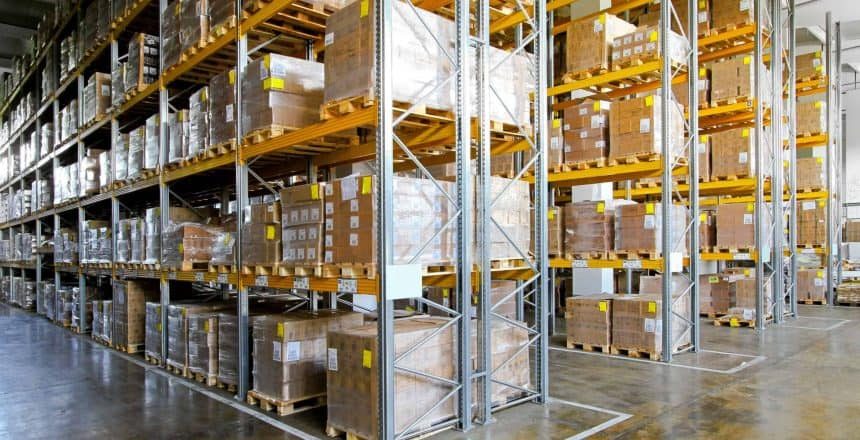On its surface, the topic of corrugated boxes sounds like a simple one: just choose the right weight, assemble the box, tape it up, and go. But there’s more to cardboard and corrugated boxes that one might think.
Any manufacturer or product packaging designer who has really delved into this subject will be the first to tell you there’s a lot to understand about corrugated boxes. Choosing the wrong type of material or box design can be disastrous if it leads to significant product damage and loss.
The correct technical term for a corrugated box is “corrugated fiberboard carton.” That’s a mouthful, though, so we’ll just stick with “corrugated box” for most of this article.
Cardboard Boxes vs. Corrugated Boxes
First of all, it helps to understand the difference between cardboard and corrugated boxes. People often mistakenly interchange these two terms. Cardboard (aka chipboard) is a single-layer material. Boxes made from cardboard are best utilized for very lightweight products like toys, cereal, or other perishable food items.
Corrugated, on the other hand, is a composite material of several layers, giving it superior strength and impact resistance over cardboard alternatives. That’s why it is commonly used for retail packaging, product displays, bulk shipping and a variety of other applications. It is sturdy, yet still very lightweight and affordable. These features are what make corrugated one of the world’s most common packaging materials.
Fiberboard Design Properties
Corrugated boxes are made of a special fiberboard called containerboard. Corrugated sheets can be configured in several different ways, but each features at least one linerboard outer surface with an attached wavy, fluted paper layer.
There are different thicknesses of containerboard and construction qualities of the final fiberboard material. These offer different rigidity and strength, depending on what’s being packed or shipped.
Corrugated box materials come in a variety of structures. The more walls and faces you have, the stronger the fiberboard will be. These are the standard options:
• Single Face—One corrugated medium glued to one flat sheet of linerboard
• Single Wall (most common)—Corrugated medium between two sheets of linerboard
• Double Wall— Two corrugated medium layers between three sheets of linerboard
• Triple Wall—Three corrugated medium layers between four sheets of linerboard
The thicker the corrugated, the heavier and more expensive it becomes. As a packaging designer or shipping manager, you have to strike the right balance between budget and efficacy. How strong do you need the corrugated box to be without spending more than you really need to protect your product(s) throughout the supply line?
What Are Flute Profiles?
Another factor to consider is the profile of the fluted medium layer of corrugation. Smaller flute profiles tend to offer increased rigidity and box strength while larger flute profiles provide better compression strength and cushioning for sensitive products. There are 5 common flute profiles:
- A-Flute—Approximately 33 flutes per foot, measuring 1/4″ thick.
- B-Flute—Approximately 47 flutes per foot, measuring 1/8” thick.
- C-Flute—Approximately 39 flutes per foot, measuring 5/32” thick. (It’s also the most common!)
- E-Flute—Approximately 90 flutes per foot, measuring 1/16” thick.
- F-Flute—Approximately 125 flutes per foot, measuring 1/32” thick.
Beyond just the corrugated fiberboard material, the design and construction of the box are also key elements to evaluate when choosing a box solution. There are many different types of boxes, but that is a different blog article for a different day. The point is that it really pays to understand how corrugated boxes are designed and how material selection can be critical when it comes to packaging and shipping.
To learn more about corrugated box selection and to streamline your entire packaging system for maximum efficiency and cost effectiveness, contact First Packaging Solutions today.
